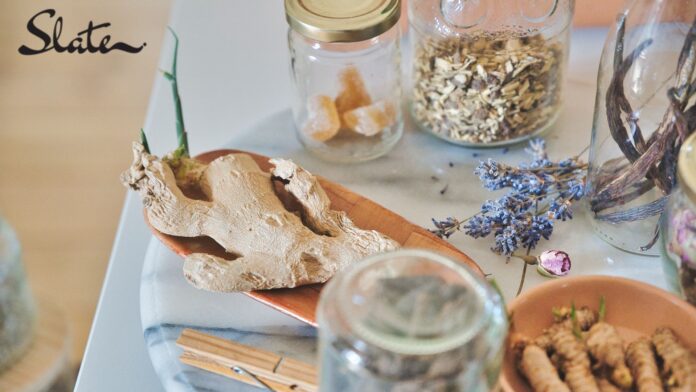By Tanisha Das
With climate change at our doorstep, conservationists are charting the course ahead vis-à-vis the survival of flora and fauna. Let’s have a look at the unique flora species of Meghalaya to get an idea of why the conservation of these species matters.
There are 3,128 species of flowering plants, contributing to about 18 per cent of the total of India. Recent reviews made by Meghalaya Biodiversity Board (MBB) reveal 436 rare, endangered plant species from the state. Some of these endangered species are Gastrochilus calceolaris, Gymnocladus assamicus and Illichium griffithii. The rare species are pitcher plant (Nepenthes Khasiana), wild citrus (citrus indica) and pygmy lily (Nymphaea tetragona).
Meghalaya also has a high potential for the cultivation of ornamental plants such as orchids, chrysanthemum, gladiolus, and marigold. The official state flower of Meghalaya is Tiew Knupmawrang.
Rare and valuable trees like bamboo and wild Himalayan Cherry are useful for the economic sector and are a tourist attraction too. Bamboos are abundantly found in Meghalaya, with over 37 species belonging to 14 genera – Arundinaria, Bambusa, and Dinochloa, to name a few. Cane, a woody climber, occurs in Meghalaya, among whom the Calamus erectus and C. Floribundus are the endemic ones. Both are used in the handicraft sector.
Wild Himalayan Cherry is a cherry tree that is found in East and West Khasi Hills, known for its beauty and is known outside the state because of the Cherry Blossom festival – celebrated in Shillong to display the beauty of this tree – considered a gift from the Himalayas.
Among other important trees, mention must be made of Dieng Ling, teak and Khasi pine.
Meghalaya is favourable for the growth of many medicinal plants and traditional healers have been using these herbs and plants for treating various ailments since times immemorial. Some of the famous medicinal plants found are carambola (Soh Pyrshong in Khasi and Amilenga in Garo), to treat jaundice, gallstones and malaria and galangal (Sying Khmoh in Khasi and Wakpatra in Garo) to cure indigestion, food poisoning, rheumatism and mouth ulcers.
According to Meghalaya’s State Forest Report, 2017, the forests cover 17,146 sq km (76.44%) of the total geographical area. Among these forests are sacred groves (khlaw Kyntang in Khasi and khloo blair in Jaintia). These forests, as the name suggests, are sacred and any interference with them – felling of trees or plucking flowers – is unacceptable. The people believe that forest deities live in the forests, and are hence, worshipped. Mawphlang in the Khasi Hills is a famous sacred grove in the state, with several found in the state.
Before the British colonisers introduced Christianity to the indigenous people, they worshipped nature. In Meghalaya, sacred groves represent an age-old tradition based on indigenous knowledge, culture, and beliefs. They have been protecting and conserving forests and their rare species even before the word “conservation” was brought into the knowledge of the people.
There are superstitious beliefs regarding certain plants, for instance, the Dikge plant of Garo Hills, found in Balpakram and Nokrek Biosphere Reserve.
As time passed by, there have been different versions of beliefs – some say this plant has healing power, while others say it’s used for rituals of black magic. Many believe that this plant has the power to make a hiker lose their path and make people sick or go insane.
The national parks and wildlife sanctuaries of Meghalaya are a protection for the wildlife animals and plants as well.
The protected areas include two national parks, four wildlife sanctuaries and one biosphere reserve, and play an important role in the conservation of biodiversity. The Nokrek Biosphere Reserve on the Tura Mountain Range has a buffer zone of about 227.92 sq km and the transition zone is about 544.60 sq km. In the buffer zone is located the first gene sanctuary, set up to preserve the rare citrus, Citrus indica (commonly known to the locals as Memang Narang).
Deforestation and habitat destruction have threatened many flora species that are now mainly confined to the protected areas and sacred groves.
Meghalaya has been gifted essential and rare natural creations. More importantly, people show a keen interest in the protection of these unique species. To sum up the importance of conservation, a remark by Theodore Roosevelt comes to mind, “The wildlife and its habitat cannot speak, so we must and we will”


